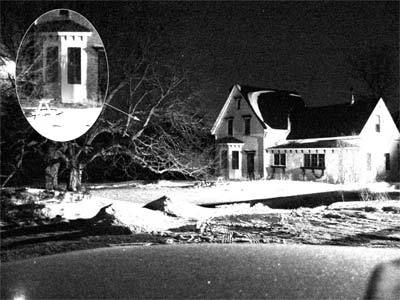Hello Everyone, Today i am Going to Show to How to Boost your Alexa Ranking on your Website,
Very Easy Step and It's 100% real.
at first, i show u my website stat for a example: this is my old rank before alexaboostup:
And i get this Result in Only 1 Month :D :D :D i am proud of AlexaBoostup
So Now Get Start Study, How to Get Alexa Benefit..... Follow me,
1. Go to this link: Click Here
2.after login, go to manage website:
3.then, add your website link:
4.and then, Allow Popup and launch auto surf.
5.example of allowing popup:
that's it. Everything is Done!
Very Easy Step and It's 100% real.
at first, i show u my website stat for a example: this is my old rank before alexaboostup:
And this is my site stats after Using AlexaBoostup :
And i get this Result in Only 1 Month :D :D :D i am proud of AlexaBoostup
So Now Get Start Study, How to Get Alexa Benefit..... Follow me,
1. Go to this link: Click Here
2.after login, go to manage website:
3.then, add your website link:
4.and then, Allow Popup and launch auto surf.
5.example of allowing popup:
that's it. Everything is Done!
































